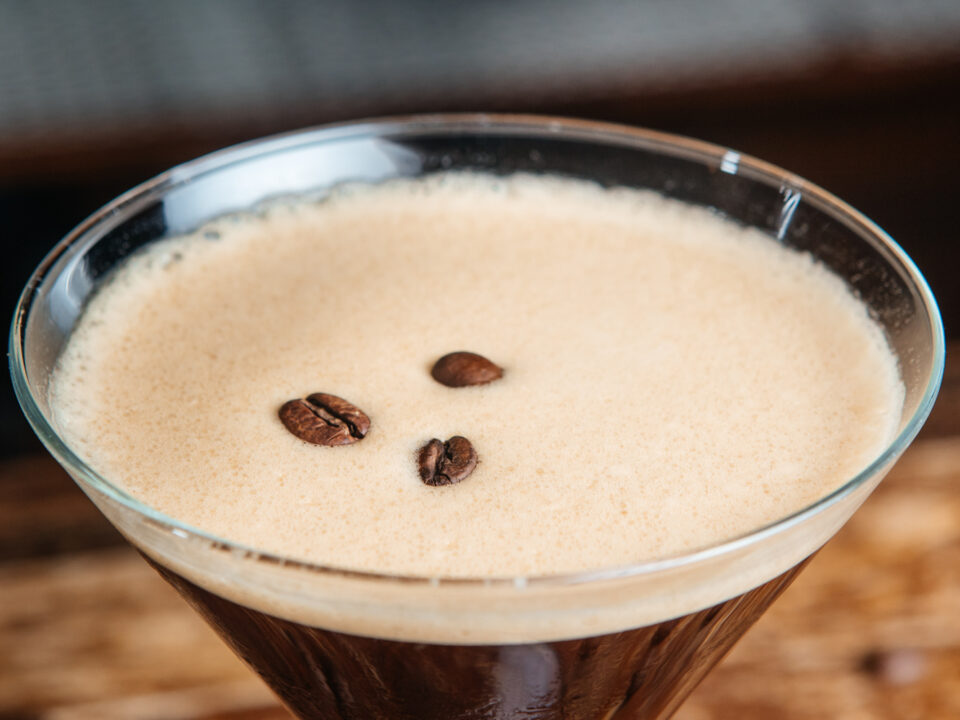Tabla de contenidos

The backgrounds of Plaza Real are around 1822. At that time it was not known with the number with which we recognize it today, but instead there was a convent called “Convent of Santa Madrona“. A place dedicated to spiritual retreats and belonging to the old Italian order of Capuchin monks, who settled in the city since 1578.
However, by various economic adjustments of the spanish government known as the “trienni liberal”, an ecclesiastical confiscation rose up with which the monks lost their monastery and the city council put the land for public auction to remove the reconstruction of a new space for the city.
Indeed, several architects from different schools in Barcelona, such as the “Escola de la Lonja”, decided to submit to the contest different proposals to reconvert the convent in a new space for the city and especially for the well-to-do bourgeois class of Barcelona that at that time was a class accustomed to the Luxuries.

Although many interesting urban proposals were presented in the contest, including the current Plaza Real project, it was finally decided to build an Italian theater known to the locals as “New Theater” planned for 1835.
The Plaza Real of Barcelona
Once the works began in 1848 and due to the discontent of the population to the king, the project was estimated to adapt it again for the interests of the Catalan bourgeoisie, giving the space a bohemian personality towards the serious aesthetics of the gotic quarter. By 1860, the architect Daniel Molina term added construction strongly inspired by the traditional Spanish Plaza Mayor in Madrid.


Although King Ferdinand VII desired to placed a statue of him in the center of the square, Finally due to the unpopularity this project was canceled and instead of his statue, a super place a fountain was placed,known as the source of the three graces of the author Antoine Durenne.
The porches and the vaults that are in the length of the square, were decorated with artistic neoclassic representations in a time in which Spain had already lost all over continental American colonies.




Likewise, Other Elements such as palm trees, facades, Gaudí’s modernist street lamps were incorporated later … Elements that were incorporated as the personality of the neighborhood changed. Later, between 1982-84, Plaza Real was remodeled by the architects Federico de Correa and Alfonso Milan, especially highlighting the suppression of vehicle traffic and the planting of palm trees.


DID YOU KNOW …
In addition to being a place of passage, it was also and is a social meeting point to remove different activities such as stamp exchanges?
And that in one of the premises of Plaza Real, there was a very popular dating house (hat shop), which hid a clandestine brothel in the super basement?
Visit us!
Taste our Italian specialities at Plaza Real.









